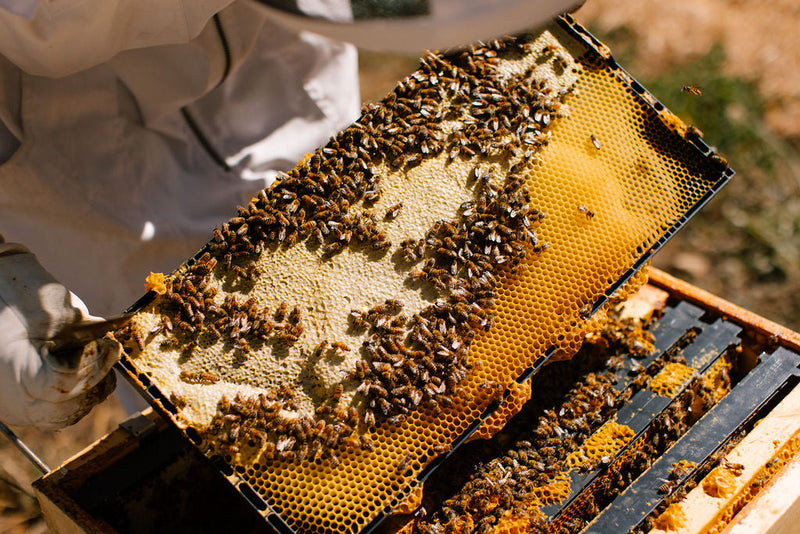
As summer winds down and the first hints of fall appear, experienced beekeepers know that now is the time to start preparing for winter. While the days may still be warm, waiting until the cold sets in can be detrimental to your colony’s survival. Getting ahead of winter prep in late summer or early fall ensures your bees have the best chance of making it through the upcoming winter season.
Why Early Preparation Matters
Unlike summer bees, which only live for a few weeks, winter bees can live for several months. Their main role is to cluster around the queen and generate heat, keeping the colony alive through the freezing temperatures. These bees have larger fat reserves, enabling them to sustain themselves longer and support the colony during months when no new bees are being born. Their jobs continue towards the end of winter when the queen begins to lay again. These winter bees now have to maintain warmth for the queen and the brood, while also feeding the larvae.
If a hive lacks enough healthy winter bees, it may not be able to make it to the next generation of bees that emerge come spring. Ensuring a strong, healthy population of winter bees is a key aspect of successful overwintering.
Winter Preparation Means Assessing the Following:
1. Winter Stores
Bees need enough honey to last through winter when foraging is impossible. Late summer and early fall are critical times to assess their stores and supplement feed sugar water if necessary. If your colony hasn’t built up enough reserves, now is the time to feed them sugar syrup or consider adding fondant as the season progresses. Colonies that head into winter with insufficient stores risk starvation, which is one of the primary causes of winter losses.
2. Managing Disease
Pests and diseases, particularly Varroa mites and nosema, can weaken your colony before winter. Treating for mites in late summer or early fall ensures that winter bees develop in a healthy environment, increasing their chances of survival. Conduct mite counts, apply appropriate treatments, and monitor colony health closely. A weak colony struggling with disease is far less likely to make it through the cold months.
3. Evaluating Your Winter Equipment Setup
It’s important to assess your colony’s current hive setup. By this time, your hive may be quite large, possibly consisting of two brood boxes and a honey super, or a combination of several boxes. Now is the time to evaluate whether all this space is still necessary.
Typically, by late summer or early fall, the risk of swarming has decreased significantly, meaning that reducing the hive’s size should pose little risk. Take a close look at your colony’s population—are they actively using the top honey super? If not, consider slowly reducing their space to help them consolidate for winter.
While this may seem like a minor adjustment, unexpected weather shifts can drastically shorten the time available to winterize your hive. By downsizing strategically, you help your bees store food more efficiently and create a more compact, insulated environment for the colder months ahead.
Final Thoughts
Beekeeping is all about thinking a season ahead. By tackling winter prep while temperatures are still mild, you set your bees up for success. Don’t wait until the first frost—use this time to assess, feed, and manage disease ahead of time.
